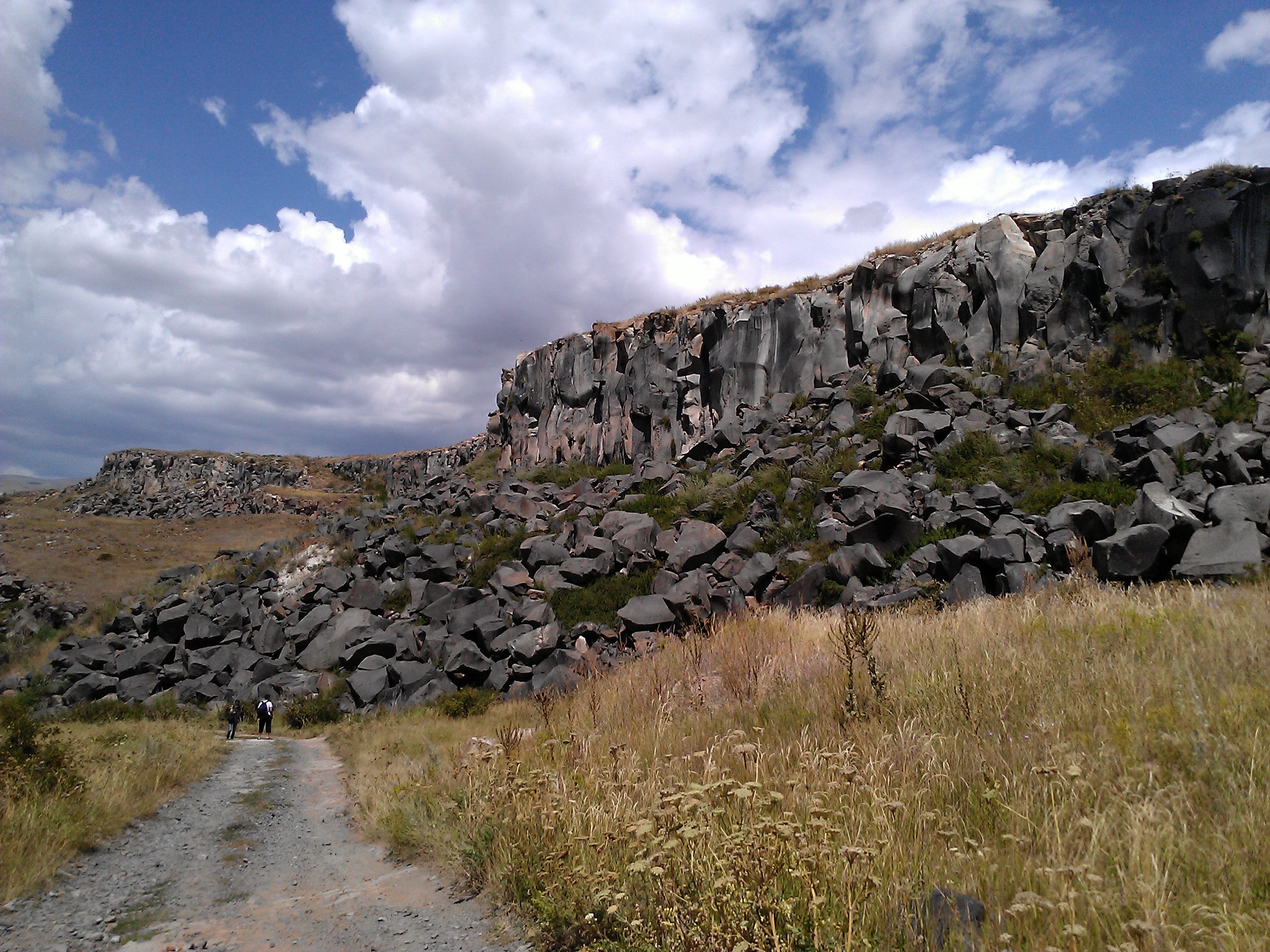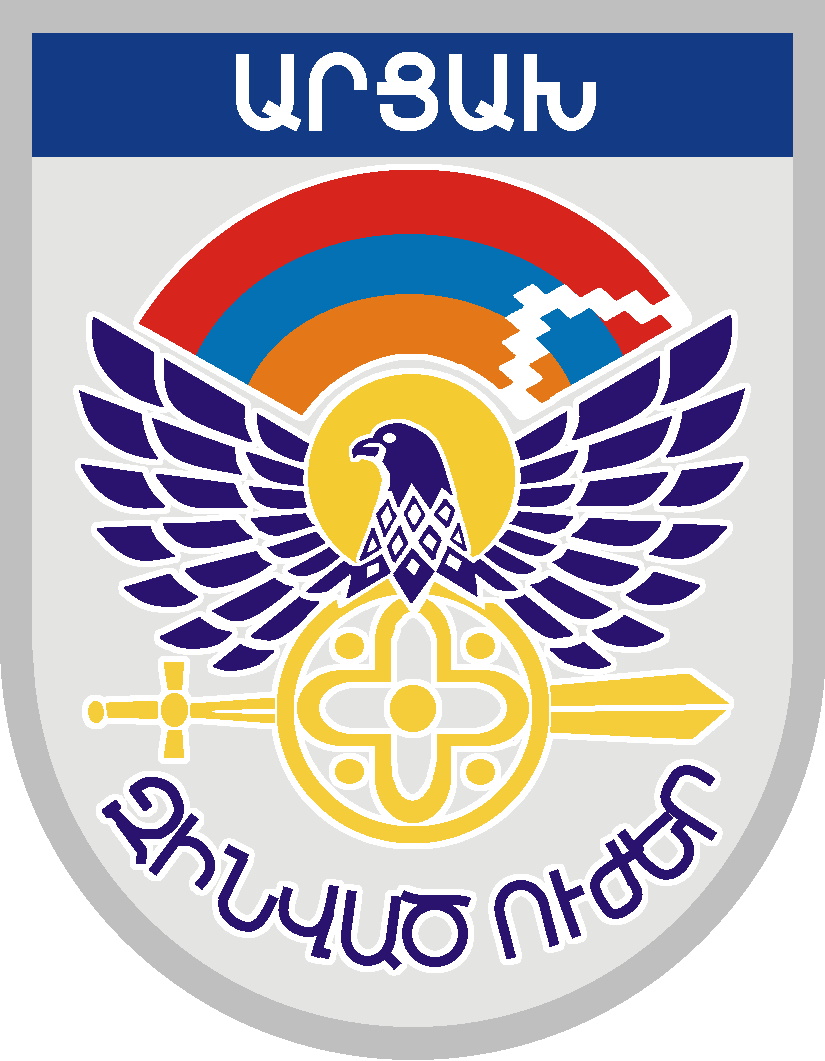|
Ardenis
Ardenis ( hy, į▒ųĆšżšźšČš½šĮ) is a village and rural community (municipality) in the Shirak Province of Armenia. History The village had a mixed Armenian- Azerbaijani population. During the Nagorno-Karabakh conflict, the Azerbaijani residents left for Azerbaijan. Demographics In 1896, the village had 285 inhabitants, in 1897 ŌĆō 406, in 1926 ŌĆō 457, in 1939 ŌĆō 595, in 1959 ŌĆō 703, in 1970 ŌĆō 1,072, in 1979 ŌĆō 1,091 Armenian and Azerbaijani residents. According to 1912 publication of the ''Caucasian Calendar'', 335 people, mainly Karapapaks, lived in village Gollu of Kars Okrug of Kars Oblast The Kars Oblast was a province (''oblast'') of the Caucasus Viceroyalty of the Russian Empire between 1878 and 1917. Its capital was the city of Kars, presently in Turkey. The ''oblast'' bordered the Ottoman Empire to the west, the Batum Oblast .... Statistical Committee of Armenia reported its population was 177 in 2010, up from 132 at the 2001 census. The population of the v ... [...More Info...] [...Related Items...] OR: [Wikipedia] [Google] [Baidu] |
Shirak Province
Shirak ( hy, wikt:šćš½ųĆšĪš», šćš½ųĆšĪš», ) is a provinces of Armenia, province (''Administrative divisions of Armenia, marz'') of Armenia. It is located in the north-west of the country, bordering Turkey to the west and Georgia (country), Georgia to the north. Its capital and largest city is Gyumri, which is the second largest city in Armenia. It is as much semi-desert as it is mountain meadow or high alpine. In the south, the high steppes merge into mountain terrain, being verdant green in the spring, with hues of reddish brown in the summer. The province is served by the Gyumri Shirak International Airport, Shirak International Airport of Gyumri. Etymology Shirak Province is named after the Shirak canton of the historical Ayrarat province of Kingdom of Armenia (antiquity), Ancient Armenia, ruled by the Kamsarakan noble family between the 3rd and 8th centuries. According to Movses Khorenatsi, the name Shirak is derived from Shara, who was the great-grandson of Hayk, the lege ... [...More Info...] [...Related Items...] OR: [Wikipedia] [Google] [Baidu] |
Municipalities Of Armenia
A municipality in Armenia referred to as community ( hy, š░šĪš┤šĪšĄšČųä ''hamaynk'', plural: hy, š░šĪš┤šĪšĄšČųäšČšźųĆ ''hamaynkner''), is an administrative subdivision consisting of a settlement ( hy, šóšČšĪš»šĪšŠšĪšĄųĆ ''bnakavayr'') or a group of settlements ( hy, šóšČšĪš»šĪšŠšĪšĄųĆšźųĆ ''bnakavayrer'') that enjoys local self-government. The settlements are classified as either towns ( hy, ųäšĪš▓šĪųäšČšźųĆ ''kaghakner'', singular hy, ųäšĪš▓šĪųä ''kaghak'') or villages ( hy, šŻšĄšĖųéš▓šźųĆ ''gyugher'', singular ( hy, šŻšĄšĖųéš▓ ''gyugh''). The administrative centre of a community could either be an urban settlement (town) or a rural settlement (village). Two-thirds of the population are now urbanized. As of 2017, 63.6% of Armenians live in urban areas as compared to 36.4% in rural. As of the end of 2017, Armenia has 503 municipal communities (including Yerevan) of which 46 are urban and 457 are rural. The capital, Yerevan, also has the status of a community. Each municipal ... [...More Info...] [...Related Items...] OR: [Wikipedia] [Google] [Baidu] |
Amasia Municipality
Shirak ( hy, šćš½ųĆšĪš», ) is a province ('' marz'') of Armenia. It is located in the north-west of the country, bordering Turkey to the west and Georgia to the north. Its capital and largest city is Gyumri, which is the second largest city in Armenia. It is as much semi-desert as it is mountain meadow or high alpine. In the south, the high steppes merge into mountain terrain, being verdant green in the spring, with hues of reddish brown in the summer. The province is served by the Shirak International Airport of Gyumri. Etymology Shirak Province is named after the Shirak canton of the historical Ayrarat province of Ancient Armenia, ruled by the Kamsarakan noble family between the 3rd and 8th centuries. According to Movses Khorenatsi, the name Shirak is derived from Shara, who was the great-grandson of Hayk, the legendary patriarch and founder of the Armenian nation. However, according to the Shirak Regional Museum, many historians assume that the name is derived from the na ... [...More Info...] [...Related Items...] OR: [Wikipedia] [Google] [Baidu] |
Armenia
Armenia (), , group=pron officially the Republic of Armenia,, is a landlocked country in the Armenian Highlands of Western Asia.The UNbr>classification of world regions places Armenia in Western Asia; the CIA World Factbook , , and ''Oxford Reference Online'' also place Armenia in Asia. It is a part of the Caucasus region; and is bordered by Turkey to the west, Georgia to the north, the Lachin corridor (under a Russian peacekeeping force) and Azerbaijan to the east, and Iran and the Azerbaijani exclave of Nakhchivan to the south. Yerevan is the capital, largest city and the financial center. Armenia is a unitary, multi-party, democratic nation-state with an ancient cultural heritage. The first Armenian state of Urartu was established in 860 BC, and by the 6th century BC it was replaced by the Satrapy of Armenia. The Kingdom of Armenia reached its height under Tigranes the Great in the 1st century BC and in the year 301 became the first state in the world to adopt ... [...More Info...] [...Related Items...] OR: [Wikipedia] [Google] [Baidu] |
Administrative Divisions Of Armenia
Administration may refer to: Management of organizations * Management, the act of directing people towards accomplishing a goal ** Administrative Assistant, traditionally known as a Secretary, or also known as an administrative officer, administrative support specialist, or management assistant is a person whose work consists of supporting management, including executives, using a variety of project management, communication, or organizational skills, while in some cases, in addition, may require specialized knowledge acquired through higher education. ** Administration (government), management in or of government *** Administrative division ** Academic administration, a branch of an academic institution responsible for the maintenance and supervision of the institution ** Arts administration, a field that concerns business operations around an art organization ** Business administration, the performance or management of business operations *** Bachelor of Business Administratio ... [...More Info...] [...Related Items...] OR: [Wikipedia] [Google] [Baidu] |
Community (Armenia)
A community is a Level of analysis, social unit (a group of living things) with commonality such as place (geography), place, Norm (social), norms, religion, values, Convention (norm), customs, or Identity (social science), identity. Communities may share a sense of place situated in a given geographical area (e.g. a country, village, town, or neighbourhood) or in virtual space through communication platforms. Durable good relations that extend beyond immediate genealogical ties also define a sense of community, important to their identity, practice, and roles in social institutions such as family, home, work, government, society, or humanity at large. Although communities are usually small relative to personal social ties, "community" may also refer to large group affiliations such as nation, national communities, international community, international communities, and virtual community, virtual communities. The English-language word "community" derives from the Old French ''c ... [...More Info...] [...Related Items...] OR: [Wikipedia] [Google] [Baidu] |
Armenians
Armenians ( hy, š░šĪšĄšźųĆ, ''hayer'' ) are an ethnic group native to the Armenian highlands of Western Asia. Armenians constitute the main population of Armenia and the ''de facto'' independent Artsakh. There is a wide-ranging diaspora of around five million people of full or partial Armenian ancestry living outside modern Armenia. The largest Armenian populations today exist in Russia, the United States, France, Georgia, Iran, Germany, Ukraine, Lebanon, Brazil, and Syria. With the exceptions of Iran and the former Soviet states, the present-day Armenian diaspora was formed mainly as a result of the Armenian genocide. Richard G. Hovannisian, ''The Armenian people from ancient to modern times: the fifteenth century to the twentieth century'', Volume 2, p. 421, Palgrave Macmillan, 1997. Armenian is an Indo-European language. It has two mutually intelligible spoken and written forms: Eastern Armenian, today spoken mainly in Armenia, Artsakh, Iran, and the former Soviet ... [...More Info...] [...Related Items...] OR: [Wikipedia] [Google] [Baidu] |
Azerbaijanis
Azerbaijanis (; az, Azərbaycanlılar, ), Azeris ( az, Azərilər, ), or Azerbaijani Turks ( az, Azərbaycan Türkləri, ) are a Turkic people living mainly in northwestern Iran and the Republic of Azerbaijan. They are the second-most numerous ethnic group among the Turkic-speaking peoples after Turkish people and are predominantly Shia Muslims. They comprise the largest ethnic group in the Republic of Azerbaijan and the second-largest ethnic group in neighboring Iran and Georgia. They speak the Azerbaijani language, belonging to the Oghuz branch of the Turkic languages and carry a mixed heritage of Caucasian, "The Albanians in the eastern plain leading down to the Caspian Sea mixed with the Turkish population and eventually became Muslims." "...while the eastern Transcaucasian countryside was home to a very large Turkic-speaking Muslim population. The Russians referred to them as Tartars, but we now consider them Azerbaijanis, a distinct people with their own language and c ... [...More Info...] [...Related Items...] OR: [Wikipedia] [Google] [Baidu] |
Nagorno-Karabakh Conflict
The Nagorno-Karabakh conflict is an ethnic and territorial conflict between Armenia and Azerbaijan over the disputed region of Nagorno-Karabakh, inhabited mostly by ethnic Armenians, and seven surrounding districts, inhabited mostly by Azerbaijanis until their expulsion during the First Nagorno-Karabakh War. Some of these territories are ''de facto'' controlled, and some are claimed by the breakaway Republic of Artsakh although they have been internationally recognized as part of Azerbaijan. The conflict has its origins in the early 20th century, but the present conflict began in 1988, when the Karabakh Armenians demanded transferring Karabakh from Soviet Azerbaijan to Soviet Armenia. The conflict escalated into a full-scale war in the early 1990s which later transformed into a low-intensity conflict until four-day escalation in April 2016 and then into another full-scale war in 2020. A ceasefire signed in 1994 in Bishkek was followed by two decades of relative stability ... [...More Info...] [...Related Items...] OR: [Wikipedia] [Google] [Baidu] |
Karapapak
The Karapapakhs or Tarakama ( az, Qarapapaqlar, Tərəkəmələr; tr, Karapapaklar, Terekemeler) are a Turkic people, who originally spoke the Karapapakh language, a western Oghuz language closely related to Azerbaijani and Turkish. Nowadays, the Karapapakh language has been largely supplanted by Azerbaijani and Turkish. After moving into Western Asia in the Middle Ages together with other Turkic-speakers and Mongol nomads, the Karapapakhs settled along the Debed river in eastern Georgia (along the present-day Georgian-Armenian border). They moved to Qajar Iran and the Ottoman Empire after the Treaty of Turkmenchay was concluded between Iran and Russia in 1828. The Karapapakhs who remained within the Russian Empire were counted as a separate group in Tsarist population figures. During the Soviet Union's existence the Karapapakhs were culturally and linguistically assimilated by the Azerbaijanis, and they were counted as "Azerbaijanis" in the 1959 and 1970 Soviet censuses. ... [...More Info...] [...Related Items...] OR: [Wikipedia] [Google] [Baidu] |
Kars Oblast
The Kars Oblast was a province (''oblast'') of the Caucasus Viceroyalty of the Russian Empire between 1878 and 1917. Its capital was the city of Kars, presently in Turkey. The ''oblast'' bordered the Ottoman Empire to the west, the Batum Oblast (in 1883ŌĆō1903 part of the Kutaisi Governorate) to the north, the Tiflis Governorate to the northeast, and the Erivan Governorate to the east. The Kars Oblast included parts of the contemporary provinces of Kars, Ardahan, and Erzurum Province of Turkey, and the Amasia Community of the Shirak Province of Armenia. History The Kars Oblast was a province established after the region's annexation into the Russian Empire through the Treaty of San Stefano in 1878, following the defeat of the Ottoman Empire and the dissolution of the latter's Kars, Childir and Erzurum ''eyalets''.ąÜą░čĆčüčüą║ą░čÅ ąŠą▒ą ... [...More Info...] [...Related Items...] OR: [Wikipedia] [Google] [Baidu] |





.jpg)